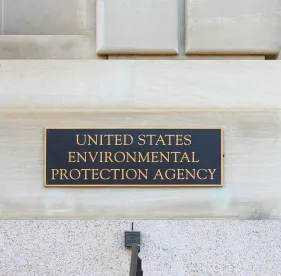At the end of 2019, President Trump signed into law the “PFAS Act of 2019” (contained in the National Defense Authorization Act), triggering reporting of a significant number of per- and polyfluoroalkyl substances (PFAS) for the Toxics Release Inventory (TRI) under Section 313 of the Emergency Planning and Community Right-to-Know Act (EPCRA).
Effective January 1, 2020, a significant number of PFAS are now covered by TRI reporting. The U.S. Environmental Protection Agency (EPA) has just published the list of 160 PFAS for reporting, which include PFAS that have been widely discussed (e.g., PFOS, PFOA, and Gen-X), as well as others that are the subject of “Significant New Use Rules” under the Toxic Substances Control Act (TSCA). It is likely that additional chemicals will be added after EPA completes the process of reviewing chemical identities that were claimed confidential business information under TSCA.
Reporting forms for these chemicals will be due by July 1, 2021, for calendar year 2020 data. All TRI reporting requirements apply to these PFAS (e.g., supplier notification) and TRI reporting exemptions, if applicable, are available for these chemicals. The PFAS Act establishes TRI manufacturing, processing, and otherwise use reporting thresholds of 100 pounds for each of the listed PFAS, calculated over the entire calendar year. Remember that under EPCRA, “manufacturing” includes the manufacturing of a byproduct in waste, and that the 100 pound reporting thresholds apply regardless of any release.
EPA plans to revise the EPCRA Section 313 list of reportable chemicals in the Code of Federal Regulations to include the 160 PFAS. Further, in subsequent years, the PFAS Act automatically adds certain PFAS to the TRI list based on several possible triggers and separately instructs EPA to consider adding even more PFAS to the TRI reporting list.
What does this mean? For 2020, persons who manufacture, process, or use chemicals will now have to consider and determine whether their chemicals include PFAS (including as a component in a purchased chemical mixture), and if so, gather data to support reporting or the conclusion that reporting is not necessary.



 />i
/>i

